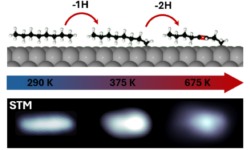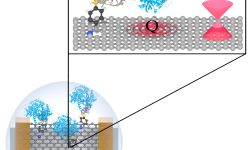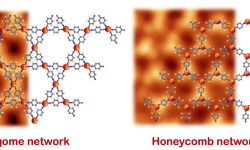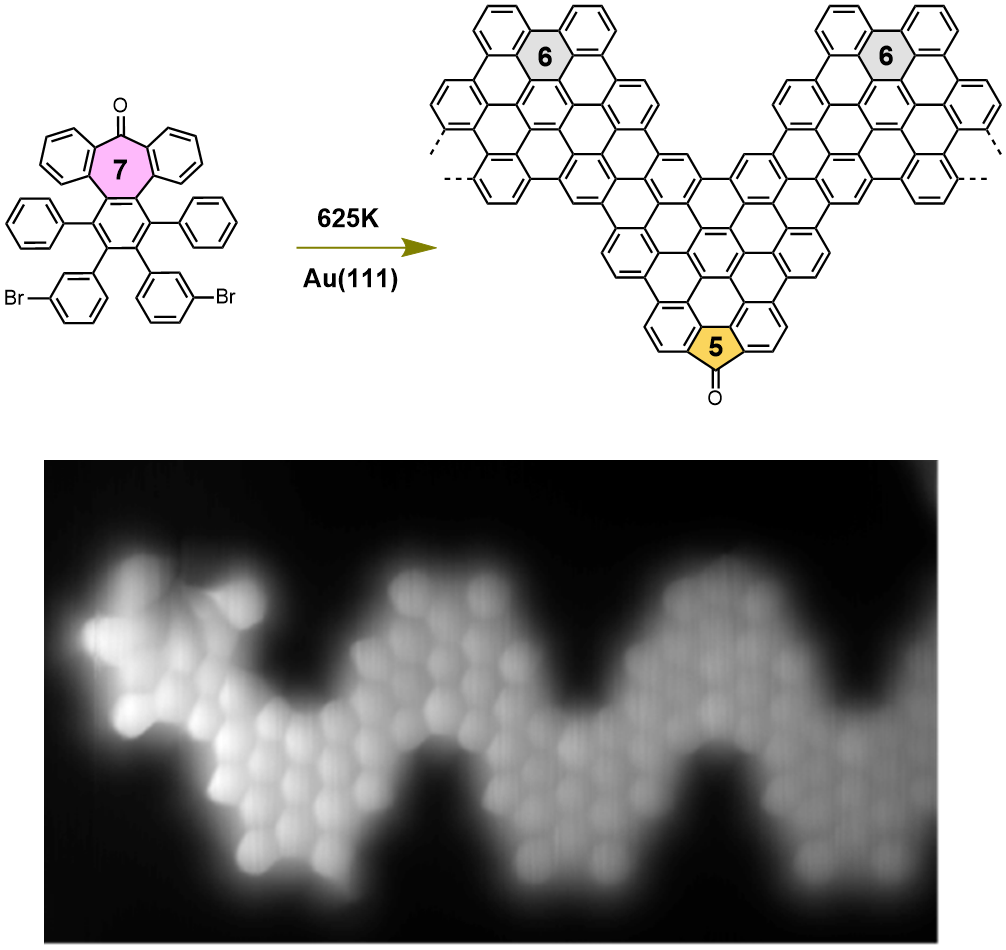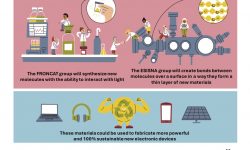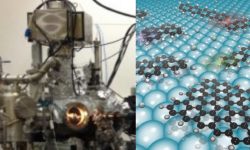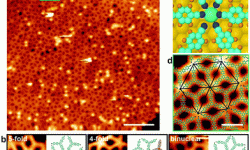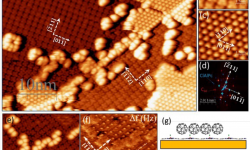Front cover in ACS Applied Energy Materials
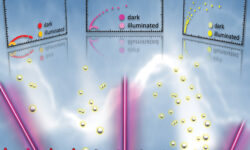
One of the primary challenges associated with the use of titanium dioxide as a photocatalyst lies in its wide bandgap. In our research, we addressed this issue by employing a thermal treatment in atomic hydrogen plasma to reduce TiO2. This process led to an enhancement in the material’s light absorption…


